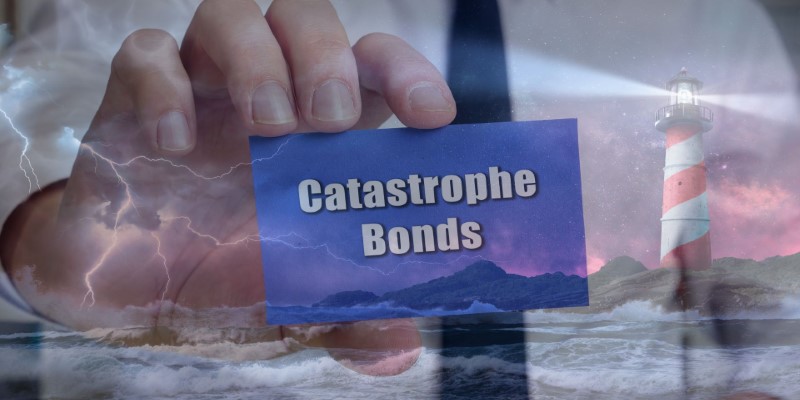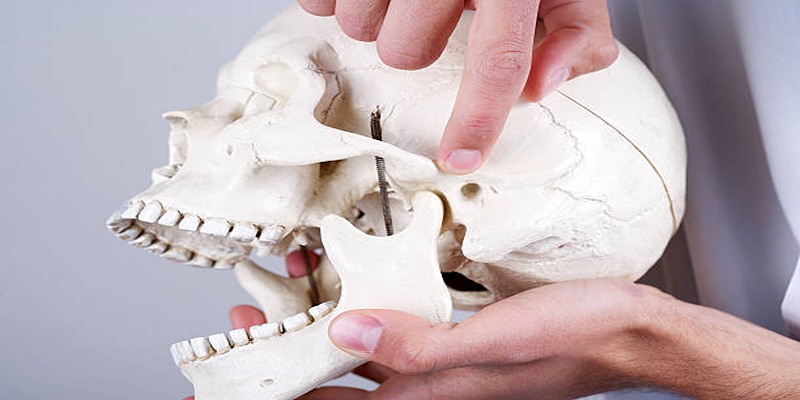Catastrophe Bonds: A Closer Look at Their Role in Disaster Risk Management
Imagine a world in which hurricanes, earthquakes, and floods not only demolish lives but also ravage economies. Such disasters would have a financial impact on governments and reinsurers, which would cause tremendous difficulty in recovering from them. In this kind of challenging scenario, Catastrophe Bonds, or CAT bonds, appear as a specialized financial device created to transfer the burden of disasters away from the insurers and onto investors.

These bonds provide investors with unique opportunities for making attractive yields while helping to mitigate the risks associated with natural catastrophes. But what exactly are CAT bonds, and why are they increasingly being utilized in modern finances? This article explores the core concepts of CAT bonds, explaining their purpose, key benefits, and associated risks, as well as how they are applied in the real world to manage losses from disasters.
What are Catastrophe Bonds (CAT)?
Catastrophe Bonds, known as CAT bonds, are special financial products issued by an insurer or reinsurer and other entities for financial management during a catastrophic event. Unlike conventional bonds, in which the issuer regularly pays interest and returns the principal to the investor on maturity, CAT bonds are a little different. If a pre-identified disaster, like a hurricane or earthquake, happens within the term, the issuer may stop paying or completely forego paying interest and principal. This structure enables insurers to pass a part of the catastrophe risk burden through to bond investors.
Consequently, investors are prepared to assume this risk due to the high returns associated with CAT bonds compared with other regular bonds. Over the years, the market for these bonds has become more expansive because of the increasing occurrences and intensities of natural disasters, thus becoming a particularly crucial instrument in disaster risk management and insurance-linked securities.
Benefits of Catastrophe Bonds

First and foremost, CAT bonds provide a way for insurers to transfer their exposure to extreme risks. Traditional insurance and reinsurance mechanisms often struggle to handle the financial demands of large-scale disasters. CAT bonds offer an alternative by spreading the risk to capital markets, reducing the burden on insurers, and stabilizing the broader insurance system.
For investors, CAT bonds represent an opportunity to diversify their portfolios. The performance of CAT bonds is typically uncorrelated with broader financial markets, meaning they are unaffected by traditional market swings like stock crashes or economic downturns. This unique trait makes them an attractive option for hedge funds, pension funds, and other institutional investors seeking non-traditional assets.
Another key advantage is the global reach of CAT bonds. They enable countries and regions prone to natural disasters to secure financial relief more efficiently, ensuring quicker recovery and rebuilding efforts. This financial lifeline is particularly beneficial for developing nations that lack robust insurance infrastructures.
Finally, CAT bonds foster innovation in disaster management. By tying financial outcomes directly to specific disaster triggers, they encourage the development of more accurate risk assessment models and disaster forecasting technologies.
Risks Associated with Catastrophe Bonds

For investors, the primary risk lies in the occurrence of a triggering event. If a disaster meets the conditions outlined in the bond's terms, the investor stands to lose some or all of their principal and interest. This risk is particularly significant in regions with high disaster frequency, where the likelihood of triggering events is greater.
Another challenge is the complexity of CAT bonds. Unlike traditional bonds, which rely on straightforward financial metrics like interest rates or credit ratings, CAT bonds are tied to highly specific and sometimes unpredictable natural events. This makes them harder to evaluate and understand, especially for investors unfamiliar with disaster risk modeling.
Furthermore, the market for CAT bonds can be relatively illiquid. Finding buyers or sellers quickly can be challenging, particularly during times of heightened uncertainty. This lack of liquidity can deter smaller or less experienced investors from participating in the CAT bond market.
Lastly, CAT bonds can face operational risks, including inaccuracies in the underlying disaster models. If the parameters defining a triggering event are poorly calibrated, it could lead to disputes over payouts or unintended financial outcomes for both parties.
Real-World Example: CAT Bonds in Action
To better understand the practical application of CAT bonds, consider the case of Hurricane Katrina in 2005. This devastating storm caused over $125 billion in damages, overwhelming insurers and creating a ripple effect in global reinsurance markets. While CAT bonds were not as widely used at the time, their potential to absorb similar financial shocks became evident.
In more recent years, CAT bonds have played a critical role in disaster recovery. For instance, in 2017, Hurricane Irma triggered payouts from CAT bonds issued by the Caribbean Catastrophe Risk Insurance Facility (CCRIF). This regional organization pools disaster risk among Caribbean nations, using CAT bonds to provide immediate financial relief after disasters.
Another example is Mexico’s use of CAT bonds to manage its earthquake risk. In 2020, the country issued bonds covering multiple disaster scenarios, including hurricanes and earthquakes. When a 7.4 magnitude earthquake struck later that year, the bond was triggered, releasing much-needed funds to aid recovery efforts. These examples underscore the real-world importance of CAT bonds in mitigating the financial impacts of disasters, particularly in vulnerable regions.
Wrapping It Up!
Catastrophe Bonds are a testament to the financial world's ability to innovate in the face of growing challenges. By bridging the gap between insurance and capital markets, CAT bonds not only provide a financial safety net for insurers but also offer investors a unique opportunity to contribute to global disaster resilience. However, they are not without risks. Understanding their complexities, weighing their benefits, and carefully assessing the associated risks are crucial for both issuers and investors. As natural disasters continue to increase in frequency and severity, the role of CAT bonds in disaster risk management is likely to grow.












